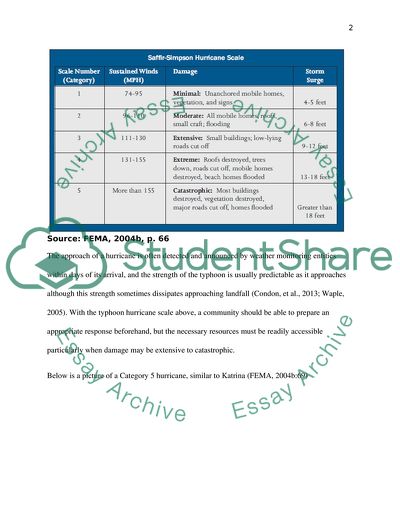Cite this document
(Preparation and Response to Hurricanes Research Paper, n.d.)
Preparation and Response to Hurricanes Research Paper. Retrieved from https://studentshare.org/environmental-studies/1811490-preparation-and-response-to-hurricanes
Preparation and Response to Hurricanes Research Paper. Retrieved from https://studentshare.org/environmental-studies/1811490-preparation-and-response-to-hurricanes
(Preparation and Response to Hurricanes Research Paper)
Preparation and Response to Hurricanes Research Paper. https://studentshare.org/environmental-studies/1811490-preparation-and-response-to-hurricanes.
Preparation and Response to Hurricanes Research Paper. https://studentshare.org/environmental-studies/1811490-preparation-and-response-to-hurricanes.
“Preparation and Response to Hurricanes Research Paper”, n.d. https://studentshare.org/environmental-studies/1811490-preparation-and-response-to-hurricanes.


